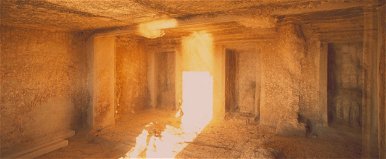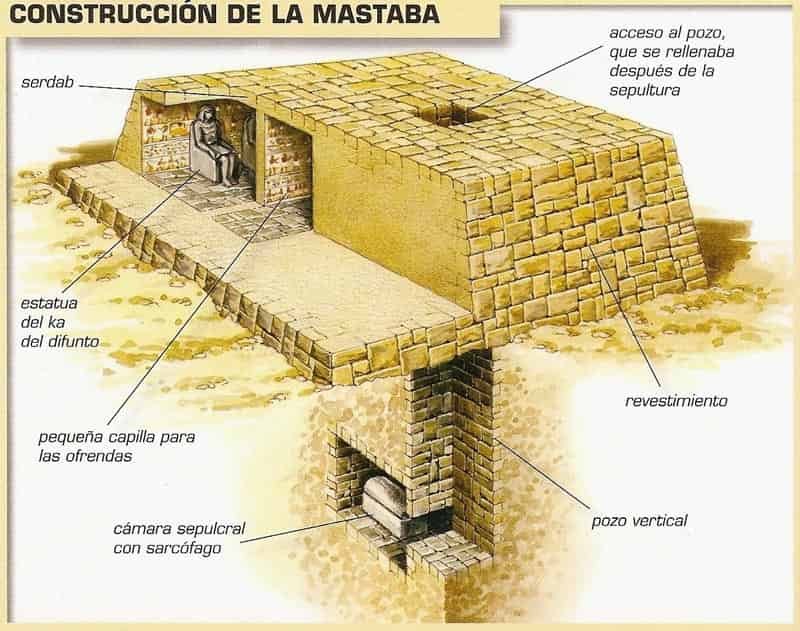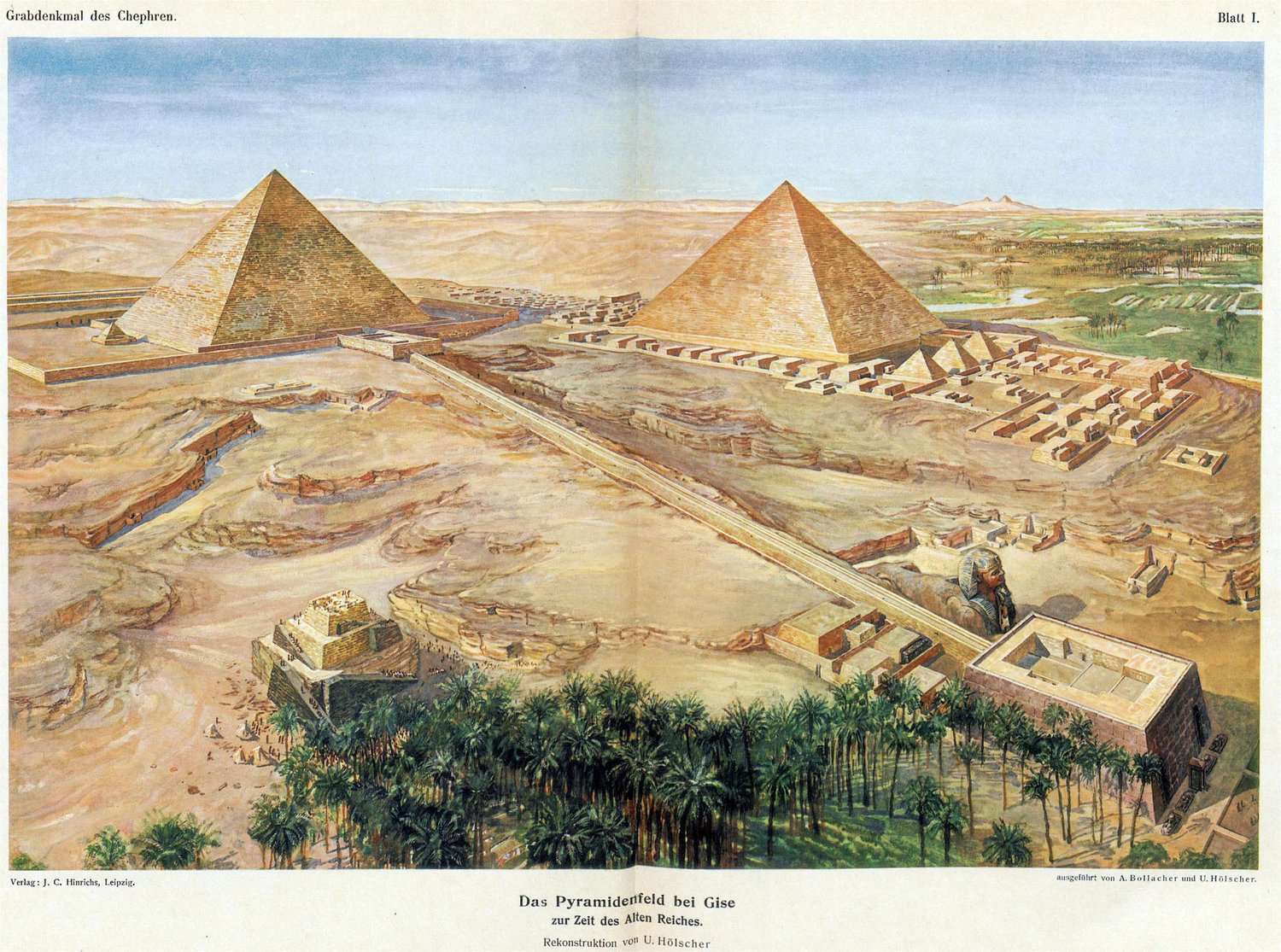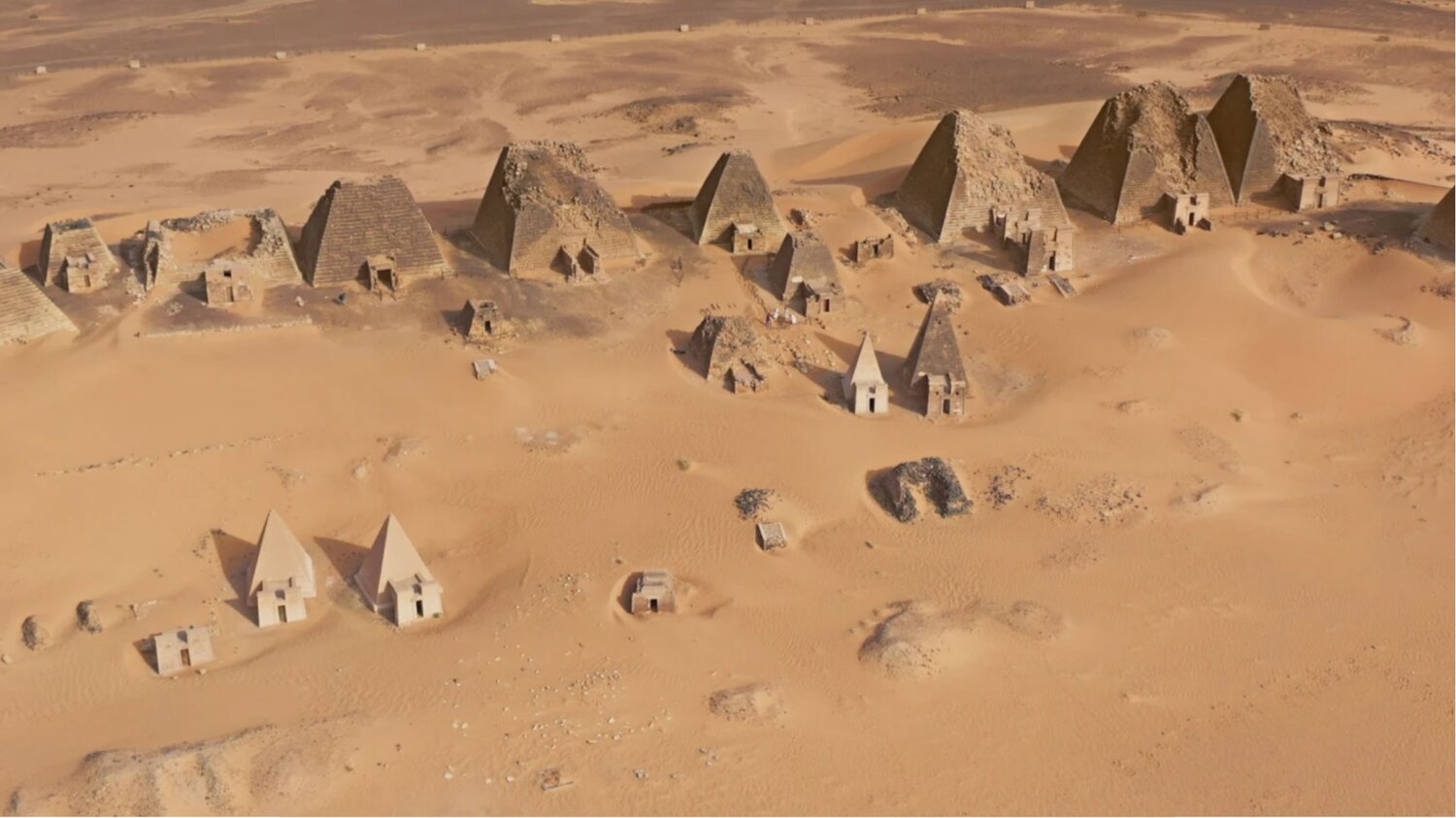The Evolution of Egyptian Pyramid Structures: From Mastabas to the Great Pyramid of Khufu
The Egyptian pyramids are among the most recognizable and enduring symbols of ancient civilization. Over the centuries, these massive structures have captured the imaginations of millions, inspiring awe and curiosity. The development of pyramidal structures in ancient Egypt spanned several centuries and evolved from simple pre-dynastic tombs to the grandiose structures we now associate with the term “pyramid”. This article explores the evolution of Egyptian pyramid structures, starting with the Mustabashir in the pre-dynastic period and ending with the Great Pyramid of Khufu.
Source: archaeologist
I. PRE-DYNASTIC MSTAPA TOMBAS
Before the first pyramids were built, the people of ancient Egypt buried their dead in structures known as mastabas. These rectangular structures with flat roofs were built of mud brick and served as tombs for the elite members of society. The word “Mastaba” is derived from the Arabic word for “cushion”, reflecting the seat-like shape of these structures. The mastabas had an underground burial chamber accessed through a vertical shaft and a chapel above ground where family members could perform ceremonies and leave offerings for the deceased.
Source: archaeologist
secondly. Dozer Step Pyramid: Huge Jump
The construction of the first Egyptian pyramid is attributed to Pharaoh Djoser, who ruled during the Third Dynasty (2667-2648 BC). His vizier, Imhotep, is credited as the architect behind the innovative design of the world’s first large-scale stone monument, the Step-Pyramid. The Step Pyramid at Saqqara was an important departure from the Sari Tombs that preceded it.

A terrible shock In Egypt, huge underground passages were found in an unfinished pyramid
Read more…
Read more…
The step pyramid consists of six separate mastaba-like tiers stacked on top of each other, with each subsequent tier smaller than the one below. This design gave the structure its distinctive stepped appearance. The pyramid was originally supposed to be a traditional mastaba tomb, but Imhotep expanded the design and turned it into a new, revolutionary architectural concept. The Step Pyramid served as a model for future pyramid construction and marked the beginning of the Old Kingdom era of pyramid construction.
Source: archaeologist
Third. Moving to the real pyramids: SNEFERU innovations
During the reign of Pharaoh Sneferu (2613-2589 BC), the father of Khufu, the design of the pyramids underwent further development. Sneferu was responsible for building three great pyramids: the Pyramid of Meidum, the Bent Pyramid, and the Red Pyramid.
The Pyramid of Meidum began as a stepped pyramid, but was later transformed into a true pyramid by filling the steps with limestone piers. However, the structure collapsed disastrously, possibly due to the unstable foundation and the acute angle.

The mystery of the Egyptian pyramids is finally solved, it’s really unbelievable how they were built
Read more…
Read more…
Learning from the failure at Meidum, Sneferu’s engineers designed the curved pyramid, whose angle changed midway through construction. This arrangement likely prevented collapse, but resulted in the pyramid’s uniquely curved shape.
Sneferu’s last pyramid, the Red Pyramid, is the first true successful pyramid. Its smooth and even sides set the benchmark for future pyramid construction, paving the way for the Great Pyramid of Khufu.
Source: archaeologist
Arch. Highlights: The Great Pyramid of Khufu
The pinnacle of pyramid development is undoubtedly the Great Pyramid of Khufu (2580-2560 BC), which is still one of the Seven Wonders of the Ancient World. The Great Pyramid of Giza is approximately 481 feet tall and was the tallest man-made structure in the world for nearly 4,000 years. It was built from an estimated 2.3 million limestone blocks, some of which were larger than 15 tons. The precision and craftsmanship displayed during construction still baffles contemporary engineers and architects.
The Great Pyramid was built as the tomb of Pharaoh Khufu and was originally intended to serve as a stairway to heaven, allowing the pharaoh’s soul to ascend to the afterlife. The pyramid contains three burial chambers: the royal chamber, the queen’s chamber, and an unfinished underground chamber. The royal chamber contains a granite sarcophagus, presumably that of Khufu, but no remains have ever been found.
The construction methods used to build the Great Pyramid are still a matter of debate and speculation. It is believed that a large number of skilled workers and engineers were required to complete the pyramid in less than 20 years. Some theories point to the use of ramps or levers to move the huge stone blocks and lift them into place.
Source: archaeologist
Fifth: The legacy of the Egyptian hierarchical structures
The Egyptian pyramids are a testament to the architectural and engineering skills of the ancient Egyptian civilization. Although the construction of the pyramids declined after the reign of Khufu, its influence is still evident in later structures such as the Nubian pyramids in Sudan and the pyramids of Meroe.
Source: archaeologist
The evolution of pyramidal structures from the simple Sari tombs to the stunning Pyramid of Khufu is a fascinating journey through the architectural achievements and cultural beliefs of ancient Egypt. These iconic monuments continue to fascinate visitors from around the world today and serve as a powerful reminder of humanity’s enduring pursuit of creativity, innovation, and enduring legacy.

















































